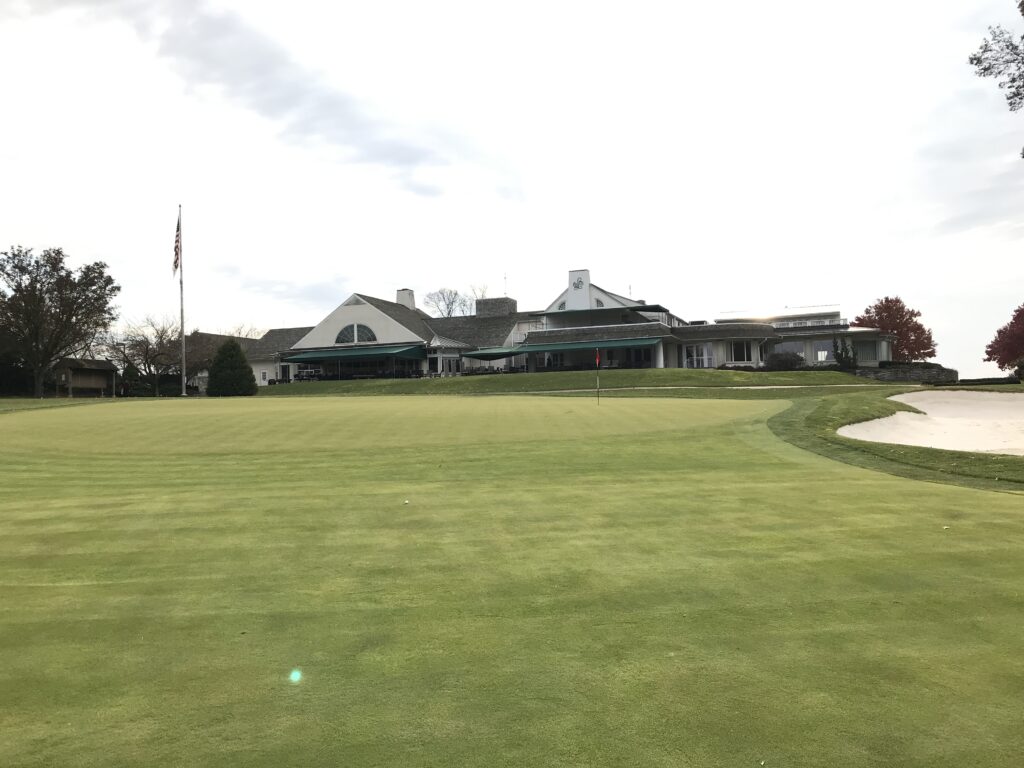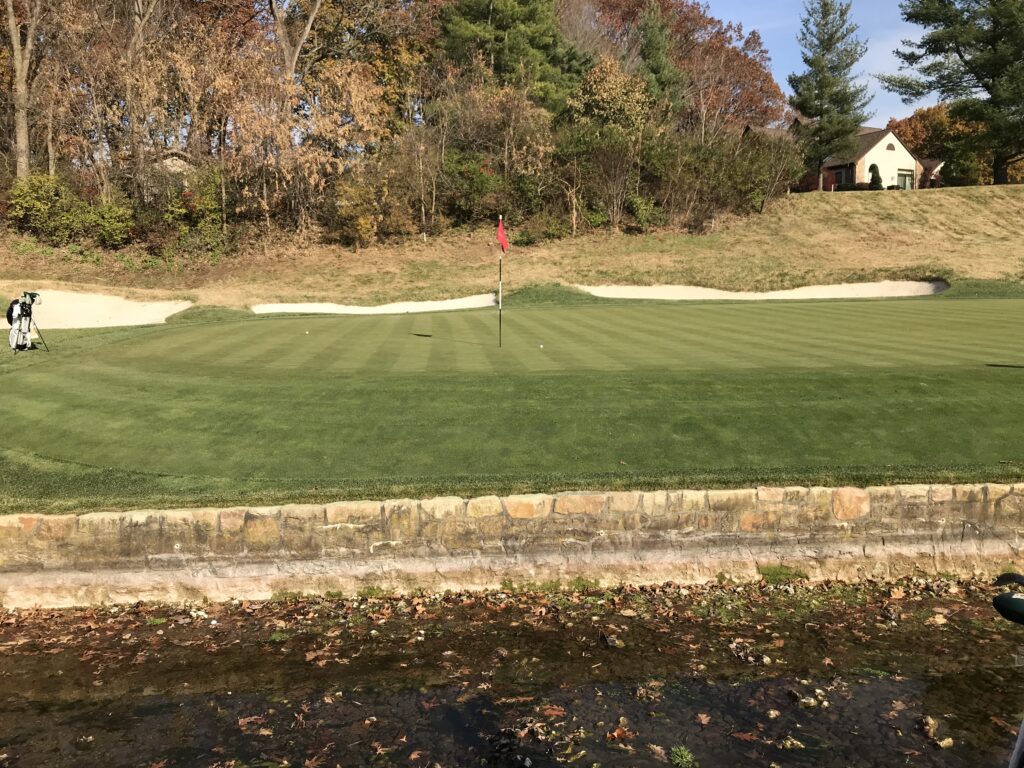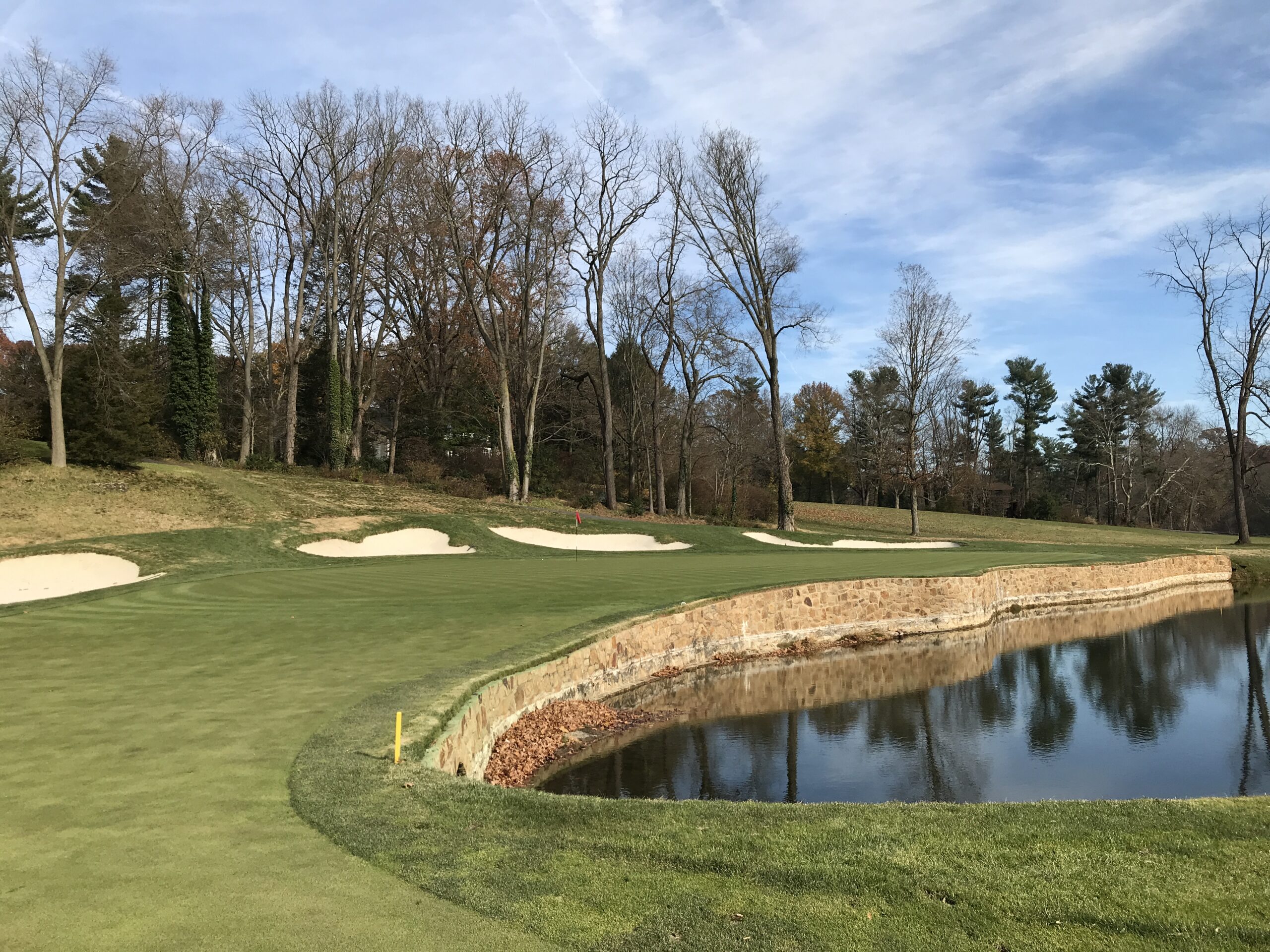Lancaster Country Club is the epitome of the strategic Golden Age golf course architecture. The 1900 William Flynn design utilizes the rolling topography to perfection, presenting a wide variety of holes that capture the beauty of the landscape. The use of the land is remarkable, especially the incorporation of the scenic Conestoga River. Flynn used the natural features to lay out holes that are each unique from one another making the round interesting and fun from start to finish. It was one of the most enjoyable rounds of golf I’ve played in a long time.

No two holes are the same and each are challenging in their own way. The beauty of the front nine will blow you away. Every hole uses the land to perfection with scenic views of the countryside. You start and end on two straightaway par-4’s. 2 through 8 flow strategically around streams and hills, which make you have to think about positioning and shot shape. Right out of the gate you play five straight par-4’s up and down through the hillside. The 6th is a beautiful par-3 framed by an offshoot of the Conestoga river tightly on the left with a large undulating green. The scenic Conestoga River borders the right side of the long par-5 7th and the tee shot is downright stunning over the River making for a slight dogleg off the tee. Eight is a severely uphill par-3 putting a premium on carry and 9 is a straightaway par-4 back to the Clubhouse.

The back nine is quite difficult with long par-4’s many with uphill approaches. 10 and 11 are stout par-4’s to elevated greens making the tee shots important to hit the fairway. Twelve is the most scenic par-3 on the course dramatically downhill to a green sits just over a stream. Judging how far to hit the tee shot is the most challenging part and putting it back into the stream is not out of the question. Thirteen is the only hole that doesn’t quite catch the eye. It’s a par-5 that double doglegs left with trees heavily guarding the left side and O.B. right. There’s really only one way to play it and that’s laying up out to the right to have an angle into the green on the approach. 14 through 18 are a fantastic finishing stretch. Fourteen is an uphill dogleg right back up to the clubhouse which puts a premium on the tee shot. Fifteen is a downhill dogleg right with a fairway running away from you on the tee shot. Cutting the corner can leave a blocked out approach so taking the longer way in pays off. Sixteen is an amazing short par-4 with a sea of bunkers lining the left and a fairway that winds out to the right and sharply back to the left up to the green. Laying up is the easiest option but leaves a long approach to a small well guarded green. Driver brings a lot of trouble into play, but if you do what I did you can have a short pitch in from a great angle. It’s a textbook short par-4. Seventeen is an uphill par-3 and 18 is a straightaway par-4 back up the hill to the clubhouse.
Overall, the course is a real treat and one that you could never play the same way. It’s a classic old Golden Age course that is a delight to walk and take in the surroundings. I always put a high importance on how it would play in competition, and LCC would be a fun course to compete on as anything could happen.

